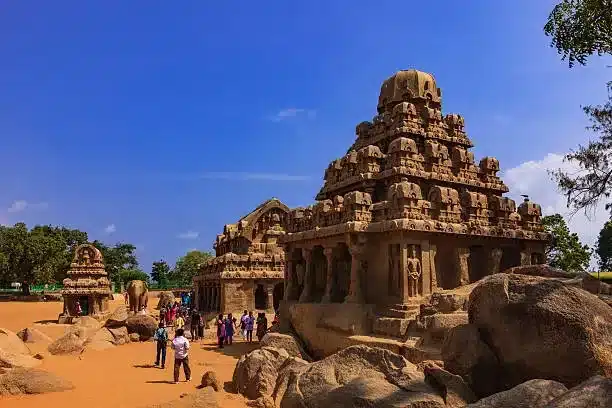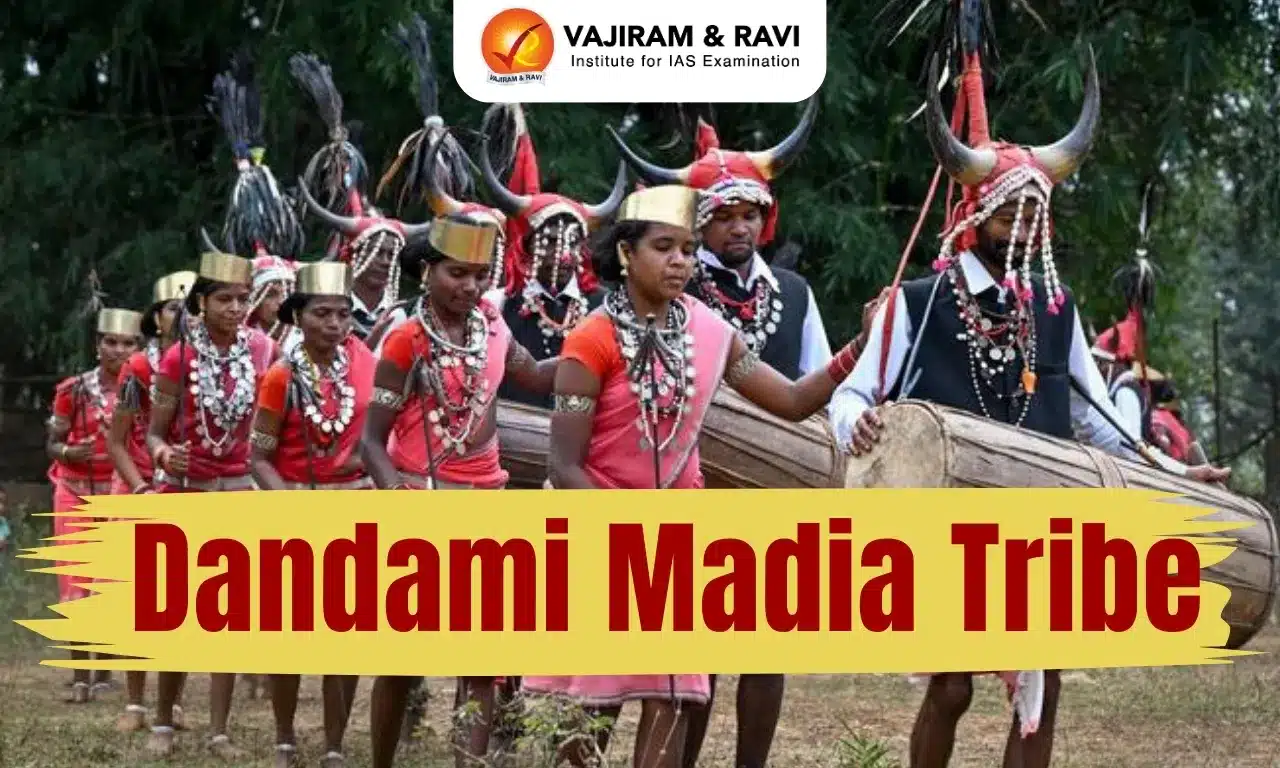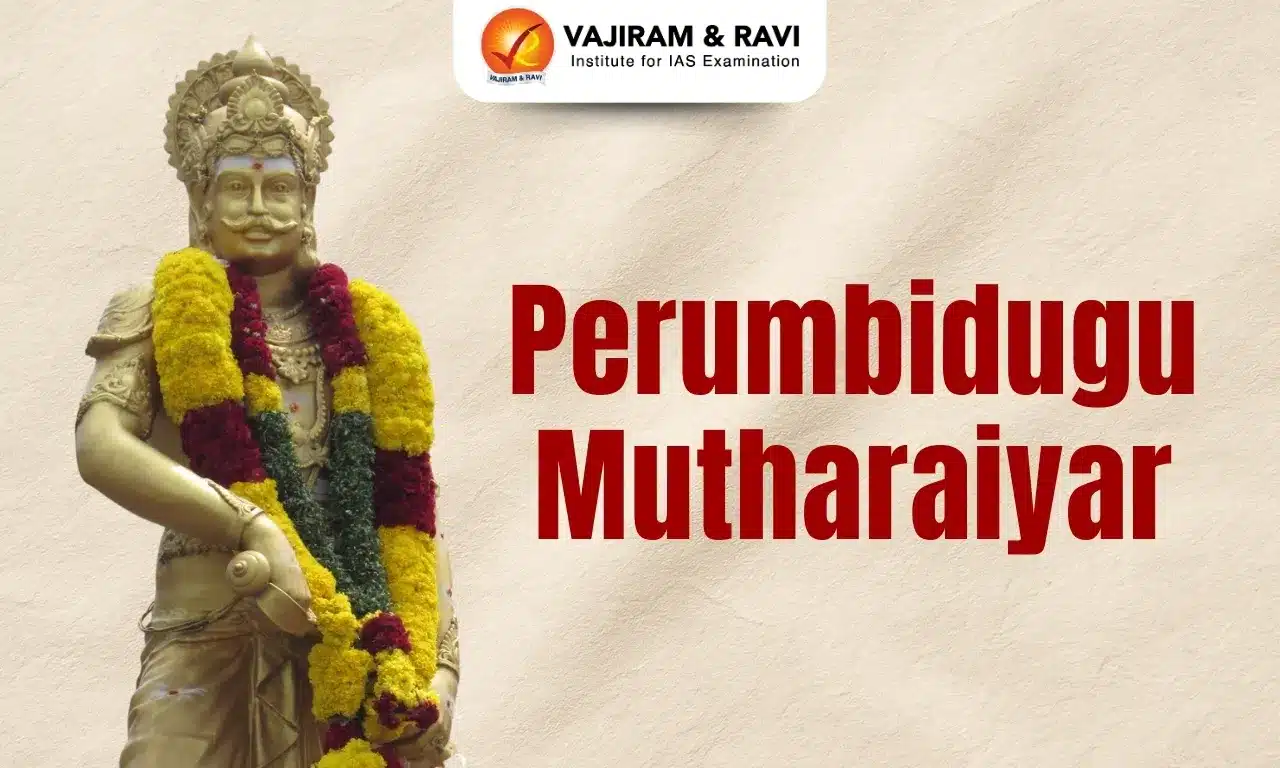About Pallava Dynasty
- The Pallava Dynasty was a famous power in South India that existed between the 3rd and 9th Centuries.
- They ruled the northern parts of Tamil Nadu, parts of Karnataka, Andhra Pradesh, and Telangana, with Kanchipuram as their capital.
- The Pallavas supported Buddhism, Jainism, and the Brahminical faith and were patrons of music, painting, and literature.
- Origin:
- Pallava Dynasty was earlier feudatories of Andhra Satavahanas. Pallavas grew to be autonomous subsequent to their decline at Amaravati.
- They progressively moved southward and instituted their capital at Kanchipuram in the 4th century CE.
- The rule of Mahendravarman I (571 – 630 CE) and Narasimhavarman I (630 – 668 CE) witnessed the augment in the wealth and vigour of the Pallava realm.
- Chinese traveller Hiuen Tsang, who visited Kanchipuram during the Pallava statute and adorned their benevolent decree, depicts Bodhidharma, the initiator of the Chan (Zen) school of Buddhism in China, as a prince of the Pallava empire.
- Architecture:
- The Pallava Dynasty was typically distinguished for their benefaction of Dravidian architecture.
- They were the most noted for temple architecture. They were instrumental in the transition from rock-cut architecture to stone temples.
- The most noted architectural accomplishments of the Pallavas are at Mahabalipuram, which, under the Pallava reign, became an important centre of art, architecture, and literature.
- The Kailasanatha Temple in Kanchipuram and the Shore Temple were built by Narasimhavarman II.
- Of all the temples, Kailasanatha and Vaikuntaperumal are best known for their architectural virtues.
- The Vaikuntaperumal shrine is a multi-storied temple built in the 8th century A.D and is acknowledged for the sculptures illustrating the history of the Pallavas.
- Religion: They adopted the local religion Shaivism, and became Dravidians.
- Combats of the Pallava Dynasty:
- Throughout their supremacy, they were in steady conflict with both the Chalukya Dynasty in the north and the Tamil kingdoms of Chola and Pandyas in the south.
- The Pallavas were occupied in continuous combat with the Chalukyas of Badami and lastly concealed by the Chola kings in the 8th century CE.
- Decline:
- The rise of Rashtrakutas had seen the decline of the Pallava Dynasty.
- Vijayalaya, the Chola King, completely overpowered Aparajitavarman, the last Pallava King, in 897 AD.
Q1) Who were Satavahanas?
The Satavahana Dynasty was established in the 1st century BC in the western Deccan Plateau. Satavahana Rulers had emerged from the Andhra region or the delta areas of the Krishna River and Godavari River. The dynasty was built upon the ruins of the Maurya Empire.Simuka was the founder of the Satavahana Dynasty, and he is believed to have destroyed the Sunga Power.The dynasty reached its zenith under the rule of Gautamiputra Satakarni and his successor Vasisthiputra Pulamavi. The dynasty had different capital cities at different times, including Pratishthana (Paithan) and Amaravati (Dharanikota).
Source: Kotravai sculpture from Pallava period unearthed near Ulundurpet
Last updated on December, 2025
→ Check out the latest UPSC Syllabus 2026 here.
→ Join Vajiram & Ravi’s Interview Guidance Programme for expert help to crack your final UPSC stage.
→ UPSC Mains Result 2025 is now out.
→ UPSC Notification 2026 is scheduled to be released on January 14, 2026.
→ UPSC Calendar 2026 is released on 15th May, 2025.
→ The UPSC Vacancy 2025 were released 1129, out of which 979 were for UPSC CSE and remaining 150 are for UPSC IFoS.
→ UPSC Prelims 2026 will be conducted on 24th May, 2026 & UPSC Mains 2026 will be conducted on 21st August 2026.
→ The UPSC Selection Process is of 3 stages-Prelims, Mains and Interview.
→ UPSC Result 2024 is released with latest UPSC Marksheet 2024. Check Now!
→ UPSC Prelims Result 2025 is out now for the CSE held on 25 May 2025.
→ UPSC Toppers List 2024 is released now. Shakti Dubey is UPSC AIR 1 2024 Topper.
→ UPSC Prelims Question Paper 2025 and Unofficial Prelims Answer Key 2025 are available now.
→ UPSC Mains Question Paper 2025 is out for Essay, GS 1, 2, 3 & GS 4.
→ UPSC Mains Indian Language Question Paper 2025 is now out.
→ UPSC Mains Optional Question Paper 2025 is now out.
→ Also check Best IAS Coaching in Delhi

















